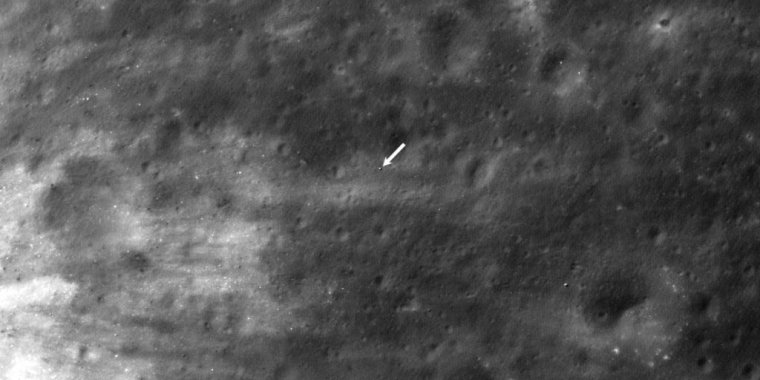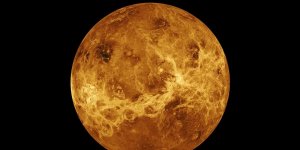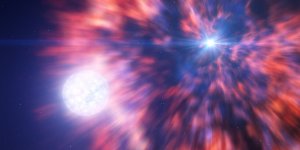| News / Space News |
NASA’s LRO Spots Japan’s Moon Lander
On Jan. 19, 2024, at 10:20 a.m. EST, the JAXA (Japan Aerospace Exploration Agency) Smart Lander for Investigating Moon (SLIM) landed on the lunar surface.

NASA’s Lunar Reconnaissance Orbiter captured this image of the JAXA (Japan Aerospace Exploration Agency) SLIM lander on the Moon’s surface on Jan. 24, 2024. SLIM landed at 13.3160 degrees south latitude, 25.2510 degrees east longitude, at an elevation of minus 2,992 feet (minus 912 meters). The image is 2,887 feet wide (880 meters), and lunar north is up. (LROC NAC frame M14607392143L). Photo: NASA/Goddard/Arizona State University
Five days later, NASA’s Lunar Reconnaissance Orbiter (LRO) spacecraft passed over the landing site and photographed SLIM.
LRO acquired the image at an altitude of about 50 miles (80 km). Bright streaks on the left side of the image are rocky material ejected from the nearby, relatively young Shioli crater.
Japan is the fifth nation to complete a soft landing on the lunar surface.
LRO is managed by NASA’s Goddard Space Flight Center in Greenbelt, Maryland, for the agency’s Science Mission Directorate at NASA Headquarters in Washington.
Launched on June 18, 2009, LRO has collected a treasure trove of data with its seven powerful instruments, making an invaluable contribution to our knowledge about the Moon.
Arizona State University manages and operates the Lunar Reconnaissance Orbiter Camera, LROC.
YOU MAY ALSO LIKE





